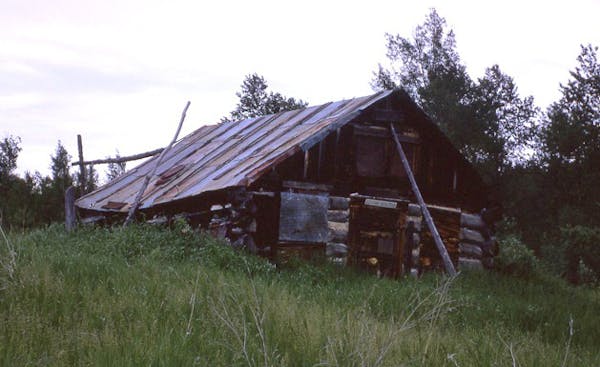When Minnesotans think of migrating birds, they often lament losing the colorful birds of summer. Orioles, warblers, robins, hummingbirds and others leave us in late summer, traveling many miles to warmer climes. For now they are just memories. ¶ We can, however, delight in the fact that some bird species migrate from Canada and the Arctic for a four- or five-month stay in Minnesota. Believe it or not, our cold state — one of the coldest — is a winter destination for some of the prettiest species. Birds such as common redpolls, pine grosbeaks, Bohemian waxwings, snow buntings and several species of owls find our cold weather to their liking. ¶ Of course, many beautiful birds are year-round Minnesota residents, too. Perhaps the most popular is the diminutive but ever active black-capped chickadee. Even on the most blustery winter days, chickadees are out and about. They can be found readily in almost every habitat type and, of course, are easily attracted to bird feeders. ¶ Blue jays are another permanent resident of Minnesota. Scorned by some because of their bossy attitude around bird feeders, many birders find them strikingly attractive, and can't imagine a winter without them.
Another full-time Minnesota resident is the northern cardinal. What can you say about the brilliant red males? They're so radiant they seem out of place on the gray-white winter landscape — as if they are unreal. Female cardinals are much more subtle in color, but even they are a lesson in beauty.
So far it has been a fairly slow year for birds migrating into Minnesota. But it's still early in the winter season. Flocks of Bohemian waxwings have already been spotted in various locations in northern and central Minnesota. Expect more and other species in the coming weeks.
Bohemian waxwings, colorful and often very tame, are usually seen in large flocks during winter as they feed on the remaining fruit of mountain ash, crabapples and buckthorns. Waxwings are highly nomadic, but travel only as far as needed to find food. Good spots to check are city parks, cemeteries and any place where ornamental fruit trees and shrubs have been planted.
Pine grosbeaks are often found in the same locations as waxwings. The adult males are a vivid pink and the females and young males a dull gray with yellowish heads. Like many winter birds, Grosbeaks are easily attracted to back yard bird feeders where their favorite food is sunflower seeds.
Bill Marchel, an outdoors writer and photographer, lives near Brainerd.
Five things to know about new Vikings QB J.J. McCarthy

